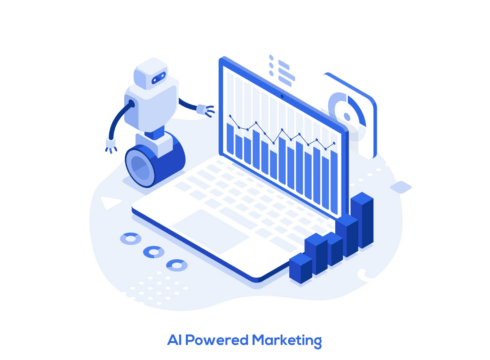We have witnessed the effectiveness of AI systems such as Large Language Models (LLMs) and diffusion models on their own
However, it is with the combination of both models that marketers can craft highly engaging marketing strategies and elevate performance metrics significantly
Hybrids of LLMs and Diffusion Models are particularly effective because they harness the strengths of both textual and visual AI technologies
Inc42 Daily Brief
Stay Ahead With Daily News & Analysis on India’s Tech & Startup Economy
Brands consistently aim to stand out and make an impact with their content, which is a prominent challenge in heavily saturated online spaces. An approach which many enterprises are opting for is the integration of artificial intelligence (AI) technologies in their performance marketing operations.
We have witnessed the effectiveness of AI systems such as Large Language Models (LLMs) and diffusion models on their own, but it is with the combination of both models that marketers can craft highly engaging marketing strategies and elevate performance metrics significantly.
Using LLMs And Diffusion Models In Performance Marketing
LLMs are exceptionally good at producing coherent and contextually relevant text because they are adept at understanding context, nuances, and subtleties in natural language through machine learning.
Marketers can use them to write content ranging from product descriptions to full-fledged marketing narratives that speak directly to their target audience in their brand’s unique tone and voice.
Diffusion models create audio, video, and photorealistic images from textual prompts. They have given marketers and designers a strategic and creative edge when crafting visual or auditory assets. These models also use data-driven insights to ascertain which images and design elements have historically retrieved better engagement for brands.LLMs and diffusion models are both trained based on previous brand data, which boosts recommendation accuracy and gives performance marketers a powerful means of producing highly relevant media content that is customisable to their aims.
Such an approach maximises the chances of customer engagement and conversions for brand campaigns. Additionally, employing these models enables advertisers to respond flexibly to changing consumer tastes as well as market dynamics hence ensuring their materials stay current and impactful.
Synergy Of LLMs And Diffusion Models In Performance Marketing
Hybrids of LLMs and Diffusion Models are particularly effective because they harness the strengths of both textual and visual AI technologies to create a more integrated and dynamic output.
This synergy allows for a seamless creation process where text and visuals are not only aligned but also enhance each other. For instance, in a marketing campaign, an LLM can generate compelling narratives or catchy taglines that accurately reflect a brand’s voice, while a diffusion model can simultaneously produce visually striking images that are tailored to fit the textual content.
This leads to more cohesive and engaging content that resonates better with target audiences, ultimately driving higher engagement, conversion rates, and overall campaign effectiveness. This is especially useful in online media advertising, where marketers have to immediately capture the attention and interest of users.
With the dynamism of these multi-modal systems, brands can curate personalised posts that address trending topics or time-sensitive deals and compliment it with tailor-made images or animations to curate an ad that’s not only clickable but also memorable.
Moreover, by automating both components of content creation, text and imagery, these hybrid models significantly reduce the time and effort required to produce high-quality content, increase scalability, and allow creative teams to focus on strategy and innovation rather than execution.
This approach not only improves performance metrics but also enhances creative freedom by providing a wide array of choices and rapid iteration capabilities, which reduces the time to market for campaigns with high-quality content, resulting in faster sales cycles.
Conclusion
A brand can A/B test various visual concepts for a single campaign without the logistical nuances associated with large-scale content production, all within a fraction of the time and cost it would take to do so manually.
This combination of efficiency, quality, and innovation is why hybrids of LLMs and diffusion models are becoming indispensable tools in fields that require rich, engaging, and personalised content.
The synergistic relationship between LLMs and diffusion models help optimise personalisation to drive engagement, and curate performance-driven creative assets. Brands that embrace these hybrid AI-powered solutions will be able to compete better in overly-crowded online platforms, and ultimately set a new benchmark for their performance marketing metrics.
{{#name}}{{name}}{{/name}}{{^name}}-{{/name}}
{{#description}}{{description}}...{{/description}}{{^description}}-{{/description}}
Note: We at Inc42 take our ethics very seriously. More information about it can be found here.


